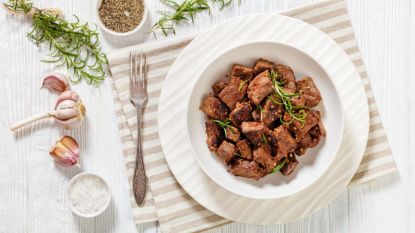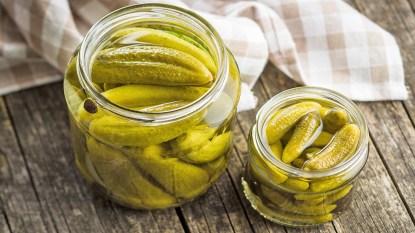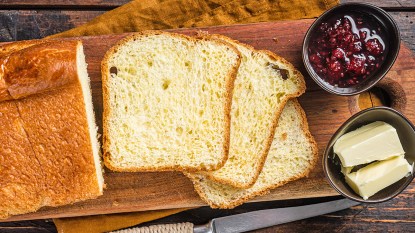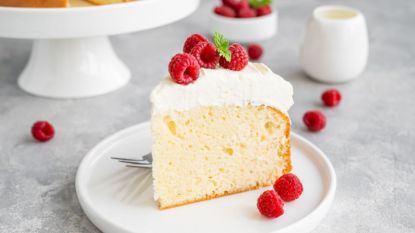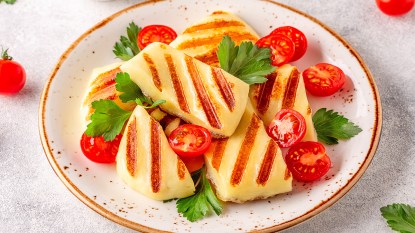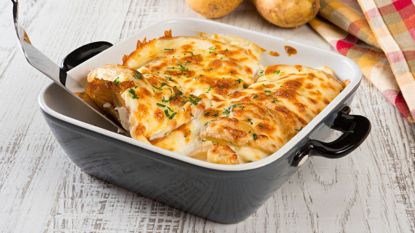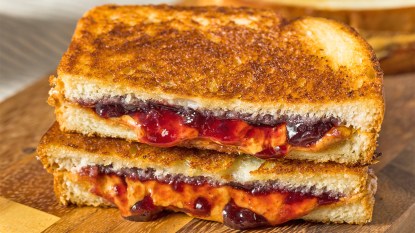How to Poach an Egg So It Comes Out Perfectly Soft and Runny Every Time
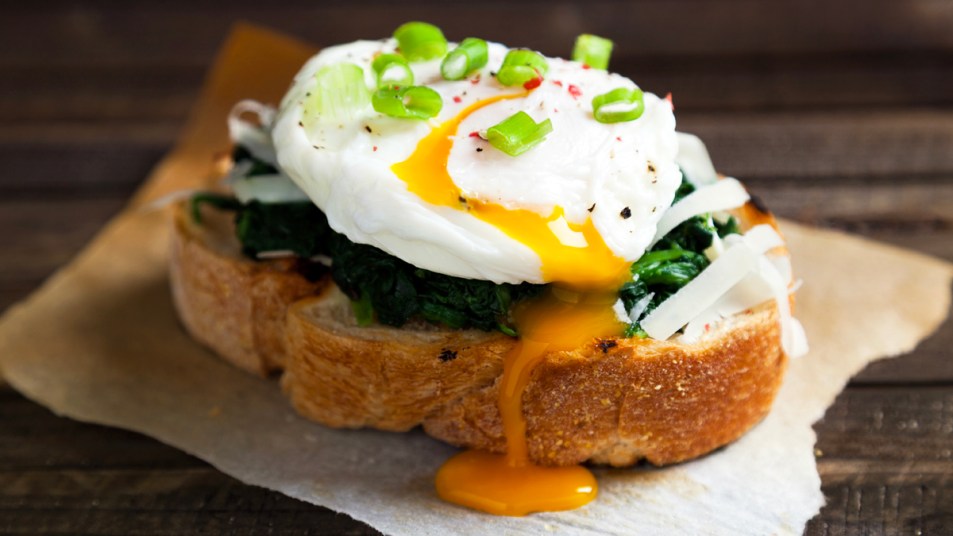
We understand learning how to poach an egg can seem daunting at first, but it’s really one of simplest cooking methods. In fact, we’d bet money that after reading our expert tips, it will become your go-to technique for whipping up delicious eggs!
Did you know that poached eggs are not only tasty, but they’re also the healthiest way to cook an egg. The super quick cook time (more on that in a bit!) and the lack of any fatty oils or heavy creams helps maintain the highest nutritional value versus scrambling, frying, or even hard boiling.
Of course, that’s as long as you don’t drown your poached eggs in a ton of hollandaise sauce. Although that’s fine for an indulgent breakfast now and then (like frying eggs in bacon grease), it’s better to do it in moderation. Adding your egg to avocado toast or enjoying with a side of veggies are scrumptiously healthy ways to enjoy them more regularly.
Regardless of how you plan to eat them, these tips for the best and easiest way to poach an egg will make you a poaching pro!
How do you poach an egg step by step?
There are few techniques to make the perfect poached egg, but most follow the same basic steps:
- Heat water in a deep nonstick (because they might sink to the bottom and get stuck there) pot or skillet. Once boiling, remove from the heat and allow the bubbles to dissipate to a simmer.
- Crack eggs into a small bowl, ramekin, or cup before gently placing into the simmering water.
- Allow to cook for 2 to 4 minutes.
- Use a slotted spoon to remove one egg at a time, making sure the whites are no longer see through and the yolk is springy.
- Place on a towel or paper towel-lined plate for a few moments to remove any excess liquid before serving.
Not too difficult, right? To make things even easier, we spoke with Olivia Roszkowski, a chef and instructor at the Institute of Culinary Education. For starters, you need to make sure you’re picking the freshest eggs before you even begin cooking.
“When selecting an egg to poach, use ones with a ‘sell by’ date that is furthest in time,” she tells us. “The proteins are tighter, effortlessly creating less unraveling when placed in the water.”
Chef Roszkowski also recommends using a shallow non-stick pot rather than a larger, taller one. “This will allow easy access for both placing the egg and removing it from the poaching liquid, allowing for better control of water temperature,” she says. “It will also allow you to see the eggs better so you can easily determine doneness.”
Breaking the egg into a small bowl might seem like an unnecessary step when you can just crack them straight into the water, but Roszkowski explains it will help ensure they stay intact and make it easier to submerge them. It especially comes in handy when you’re cooking more than one and want to quickly add each to the water without wasting a ton of time on difficult shells.
Another simple tip: Swirl the water around to create a vortex before adding the eggs. Roszkowski says, “This will help the egg white wrap itself around the yolk, helping it form a more attractive finish and allow for even cooking.”
Kelsey Barnard Clark, Top Chef winner and author of Southern Grit: 100+ Down-Home Recipes for the Modern Cook (Buy on Amazon, $26.96), is also a fan of this technique. “The tornado method is the most fool-proof trick that produces perfect poached eggs every time,” she tells us. “Simply bring your water to ‘steaming’ — not quite a simmer and definitely not a boil — then vigorously whisk in a circle until a tornado-like spiral forms. Gently drop the eggs into the tornado. When they float, they’re done!”
Do you put vinegar in the water when poaching eggs?
When it comes to using vinegar for poached eggs, there’s a bit of a debate. Some chefs, like Jamie Oliver, think it’s unnecessary and can potentially make your eggs taste sour. He does admit, however, that it can help firm eggs up as they cook in the water.
Roszkowski says you can get that benefit of vinegar without changing the flavor of your egg by simply picking a milder option. “Rice vinegar only carries four percent acidity, whereas apple cider vinegar is at six percent and wine vinegars can go up to nine percent,” she explains. “If you are not a fan of the flavor, choose a milder one that is neutral in color. Regular distilled vinegar will work, too.”
If you really hate vinegar and don’t want to risk the change of even the slighted taste of it ruining your eggs, take a look at Oliver’s method for making a perfect poached egg without it:
Do you boil water to poach an egg?
You may start by boiling water for poached eggs, but you shouldn’t cook them in while the water is still that hot. As Oliver says in the video above, “Poaching is not boiling — boiling will smash the eggs all around, poaching is gentle.” That’s why he takes it off the heat and waits for the bubbles to slow back down to a simmer.
Roszkowski also explains to us, “If the temperature is too high, the large bubbles will create too much force and agitate the egg whites, making it disperse. It will also coagulate the proteins, creating a tougher poached egg.”
If you have a food thermometer, you can use it to keep the temperature at a simmer between 185 and 205 degrees Fahrenheit. Otherwise, Roszkowski says you can visually assess the temperature by making sure there’s only the occasional small bubbles.
How do I make poached eggs better?
Aside from the basics, Roszkowski offers us even more simple and effective tips for making sure you have the best poached eggs.
- How to know they’re done: “As a rule of thumb, if any part of the egg is clear, it still needs more time to cook. If the egg is too delicate to be removed, it is not ready. Remember that the egg will continue to congeal slightly as it cools.”
- Choose a flavorful broth: “If serving your egg atop a savory dish, such as ramen, consider poaching in a stock or dashi that can impart flavor into your egg, adding undernotes of complexity.”
- Make them ahead of time: “Poached eggs can be made in larger quantities earlier in the day and simply lowered back into the water for 20 seconds to reheat before serving.”
- Avoid using salt: “Salt is known to increase the density of water, making the eggs float which can cause them to spread and not cook as evenly.”
- Don’t get sad about overcooked eggs: “If your eggs are overcooked, consider saving them to make an egg salad, a Nicoise salad, or even homemade Caesar dressing.”
Now you have everything you need to tackle poaching eggs without any fear! For even more eggs-pertise, take a look at our guides on how to hard boil eggs (plus air fryer hard boiled eggs), and how to make perfectly fluffy scrambled eggs.


